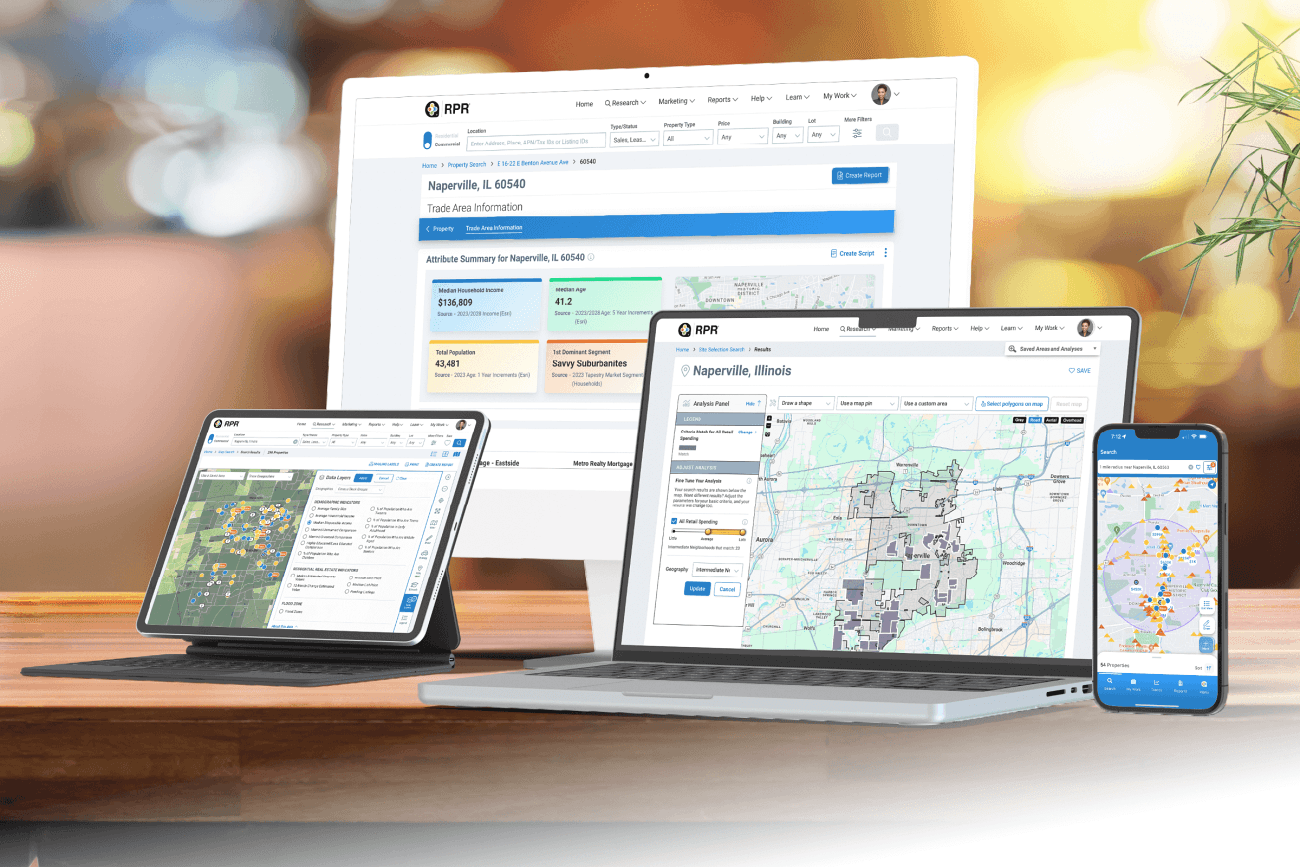Supporting Commercial Practitioners and Your Business
Commercial Real Estate is everywhere: your local coffee shop, industrial park, downtown main street, and even the office where you work. The National Association of REALTORS® has a broad array of resources to help you provide the best service to your clients, and to be the best in your field. From education to advocacy efforts, from networking to property data – NAR works to help you be more profitable while protecting the commercial real estate industry.



















